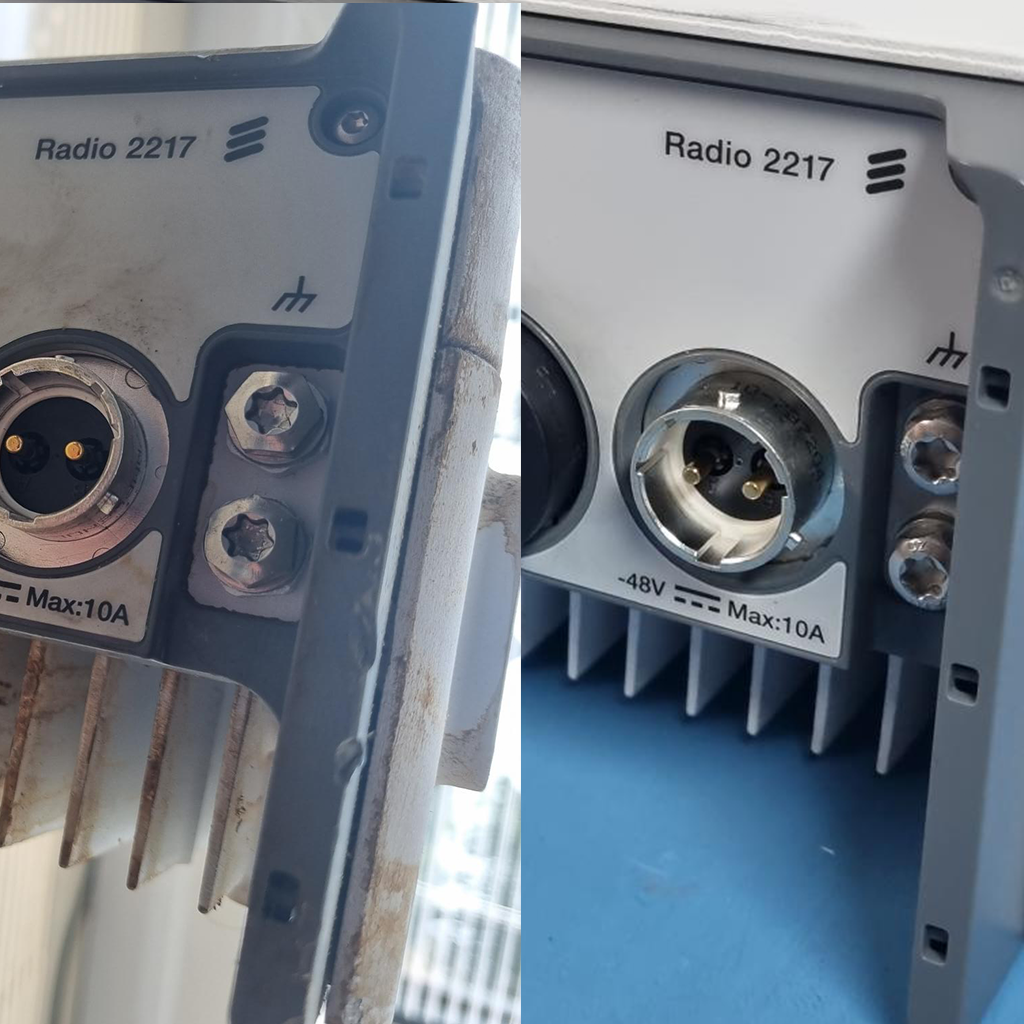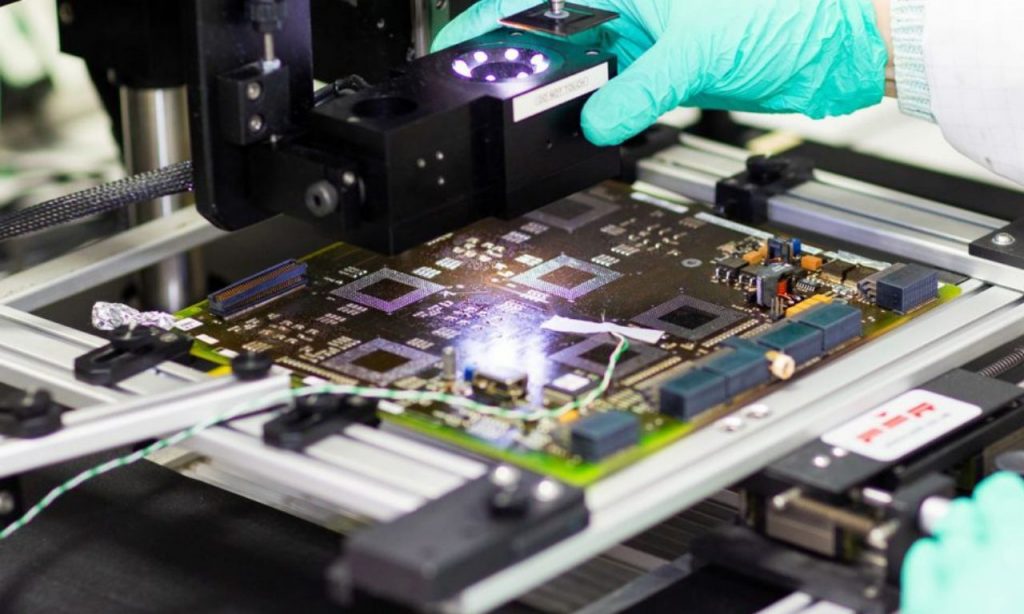Telecommunication networks underpin modern society — from mobile phones and internet access to critical infrastructure like healthcare, emergency services, and commerce. But network equipment — routers, switches, base stations, fibre modules, antennas — degrade over time, suffer from faults, or simply become obsolete.
Rather than replacing whole units, repairing and refurbishing telecom hardware offers a powerful lever for operators to reduce cost, shorten downtimes, shrink environmental impact, and build more resilient network operations. Repairs transform from a reactive necessity into a strategic advantage — a cornerstone of sustainable, circular lifecycle management.
In this blog we explore why repairs matter more than ever, the trends reshaping telecom repair services, the challenges (and how to overcome them), and what an optimal repair strategy looks like — drawing on what Carritech offers in parts supply, technical support, and asset management.
Why Repairs Are Increasingly Strategic
Here are some of the key drivers pushing repairs up the priority list:
- Cost Savings: Repairing existing equipment is often markedly less expensive than purchasing new gear. Reuse and refurbishment can save operators up to ~90% compared with new OEM equipment costs.
- Environmental and ESG Pressures: With the global push toward sustainability — reducing carbon emissions, conserving rare earths and other raw materials, and reducing e-waste — repair plays a central role. Reusing hardware avoids the emissions from raw-material extraction, manufacturing, and shipping.
- Regulatory and Social Pressures / Right to Repair: In some jurisdictions, rules are emerging or strengthening around right to repair / access to spare parts and documentation. Supporting repairs helps align with regulatory compliance and customer expectations.
- Network Resilience & Reliability: Downtime in telecom has big costs. Being able to quickly repair elements of the network (rather than await new deliveries) boosts reliability. Also, refurbished or repaired spare parts improve back-up readiness.
- Lifecycle Extension & Total Cost of Ownership (TCO): Repairing prolongs the useful life of telecom assets, reducing TCO over many years. For many operators, legacy systems still represent substantial capital investment — maintaining them through repairs can significantly improve return on investment.
Trends in Telecom Equipment Repair
These are the major shifts and innovations in the repair space that telecom operators and service suppliers should be aware of:
| Trend | What’s Changing / Why It Matters |
|---|---|
| Remote Diagnostics & Predictive Maintenance | Using monitoring, analytics, AI to predict faults before failure. This reduces downtime and helps plan repair windows intelligently. |
| Modular Design and Interchangeable Components | Equipment designed for easier replacement of sub-modules rather than entire units reduces repair complexity and cost. |
| Use of Refurbished & Reused Parts | As standards improve and testing/refurbishment practices get stricter, reused parts are more accepted. This also links to lower carbon impact and supply chain flexibility. |
| Faster Turnaround & On-Site / Off-Site Hybrid Models | To reduce downtime, many service providers are combining on-site repairs with centralised workshops, logistics networks, or mobile repair units. |
| Sustainability & Circular Economy Integration | Repair, reuse, refurbish are being built into the business models of telecom operators. It’s increasingly seen not just as cost-saving but as core to corporate responsibility. |
| Regulation & Policy Support | Laws and regulations (e.g., on right to repair) are beginning to favor repairability, forcing OEMs and network operators to make it easier to repair. |
Challenges & How to Overcome Them
While repair has many advantages, there are common obstacles. Below are key challenges and potential strategies:
| Challenge | Why It’s a Problem | What Can Be Done |
|---|---|---|
| Parts availability | Older or legacy equipment may use components no longer manufactured, or supply chains may be disrupted. | Maintain parts inventory proactively; work with secondary markets; refurbish parts; use cross-vendor sourcing; plan for obsolescence. |
| Technical expertise | Repairing high-end telecom gear (RF, optical, power supplies, firmware) requires specialized skills that are becoming rarer. | Invest in training; partner with experts; build or outsource centres of excellence; document repair procedures. |
| Quality / Reliability Concerns | A repaired device must meet performance and safety specs; customers/operators demand high reliability. | Thorough testing & validation; quality assurance; accreditation; warranties; using genuine or verified parts. |
| Rapid Technological Change | Evolution (5G, Open RAN, virtualization) can make equipment obsolete, or support/firmware become unavailable. | Modular design; firmware maintenance; upgrade paths; backward compatibility; being selective about which equipment to repair vs replace. |
| Logistics & Turnaround Time | Time to repair (shipping, diagnostic, parts replacement) can lead to prolonged downtime. | Hybrid repair models; local / regional repair hubs; use of remote diagnostics; quicker despatch of spare/refurbished items. |
| Economic Trade-Offs | In some cases, repair cost plus maintenance over remaining life may approach replacement cost. | Use data-driven asset-lifecycle analysis; only repair when it’s cost-justifiable; consider “repair vs rebuild” vs “new purchase” decisions. |
What a Best-Practice Repair Strategy Looks Like
Here are the components of an optimal and strategic repair program for telecom organizations, especially for a company like Carritech which handles legacy equipment, spare parts, technical support, and asset management:
- Lifecycle Asset Assessment
Regular review of assets: age, usage, failure history, cost to maintain vs replace. Prioritise equipment that gives best ROI from repairs. - Parts & Components Management
Maintain inventories of critical spare parts, especially for legacy gear. Secure reliable sources for substitutes or refurbished parts. Track parts obsolescence. - Diagnostic & Monitoring Capability
Use condition monitoring, remote diagnostics, and predictive failure modelling to anticipate issues before they escalate. - Modular Design / Repairable Architecture
Where possible, favor equipment or designs that allow sub-module repair or upgrade. This facilitates quicker, cheaper fixes. - Repair & Refurbishment Centres of Excellence
Skilled technicians, standard procedures, test benches, quality control. Possibly regional hubs for quicker access. - Sustainability & Circular Economy Integration
Metrics to track environmental impact (carbon, waste), reuse rates, refurbishment rates. Align repair strategy with ESG goals. Leverage reuse of equipment. - Service & Support Agreements
Partnerships or SLAs that ensure rapid turnaround, quality warranties, transparent costs. Also include Level-3 remote technical expertise to advise on complicated failures. - Policy & Regulatory Awareness
Keep up with legislation (e.g. right-to-repair, material usage, emissions), and ensure that repair practices comply. This may also unlock incentives. - Continuous Improvement & Feedback Loop
Use data on failure rates, repair costs, downtime, parts performance to refine repair decisions, invest where needed, and identify where replacement may now be more cost-effective.
Carritech’s Unique Value in Repairs
Here’s where a business like Carritech can deliver particular strength:
- Legacy Equipment Focus: Many operators still rely on older equipment. Carritech’s capability to source hard-to-find parts and repair legacy systems is a competitive differentiator.
- Remote Technical Support (Level 3): Diagnosing complex failures remotely and guiding repairs can save time, reduce shipping costs, and improve efficiency.
- Asset Management & Revenue-Share Resale / Refurbishment: Instead of equipment sitting unused, Carritech can refurbish and resell, or manage scrapping responsibly, thus closing the lifecycle loop.
- Sustainability & ESG Alignment: Carritech’s business model inherently supports circular economy principles — extending lifespans, reducing waste, lowering carbon footprint.
- Cost Efficiency for Operators: By offering repair and refurbishment, operators and enterprises can defer large CAPEX, improve ROIs on existing equipment, and reduce risk exposure to supply chain disruptions.
Conclusione
Repairing telecom equipment is no longer just a stop-gap measure or reactive cost saver — it is now a strategic imperative. The combination of rising costs, tightening regulations, environmental urgency, and customer expectations makes repair one of the pillars of sustainable, resilient telecom infrastructure.
For telecom operators, prioritizing repair and refurbishment can yield substantial returns: cost savings, extended asset lifecycles, reduced environmental footprint, better reliability, and stronger compliance.
At Carritech, by leveraging expertise in parts supply, L3 technical support, asset management, and refurbishment/resale, we are well-positioned to help our customers build robust repair strategies — from diagnostics to workmanship to lifecycle planning.
If you’re evaluating your repair strategy or facing challenges with legacy telecom equipment, let Carritech help. Contact us to explore a tailored plan to extend the life of your assets, reduce costs, and meet your sustainability goals.

